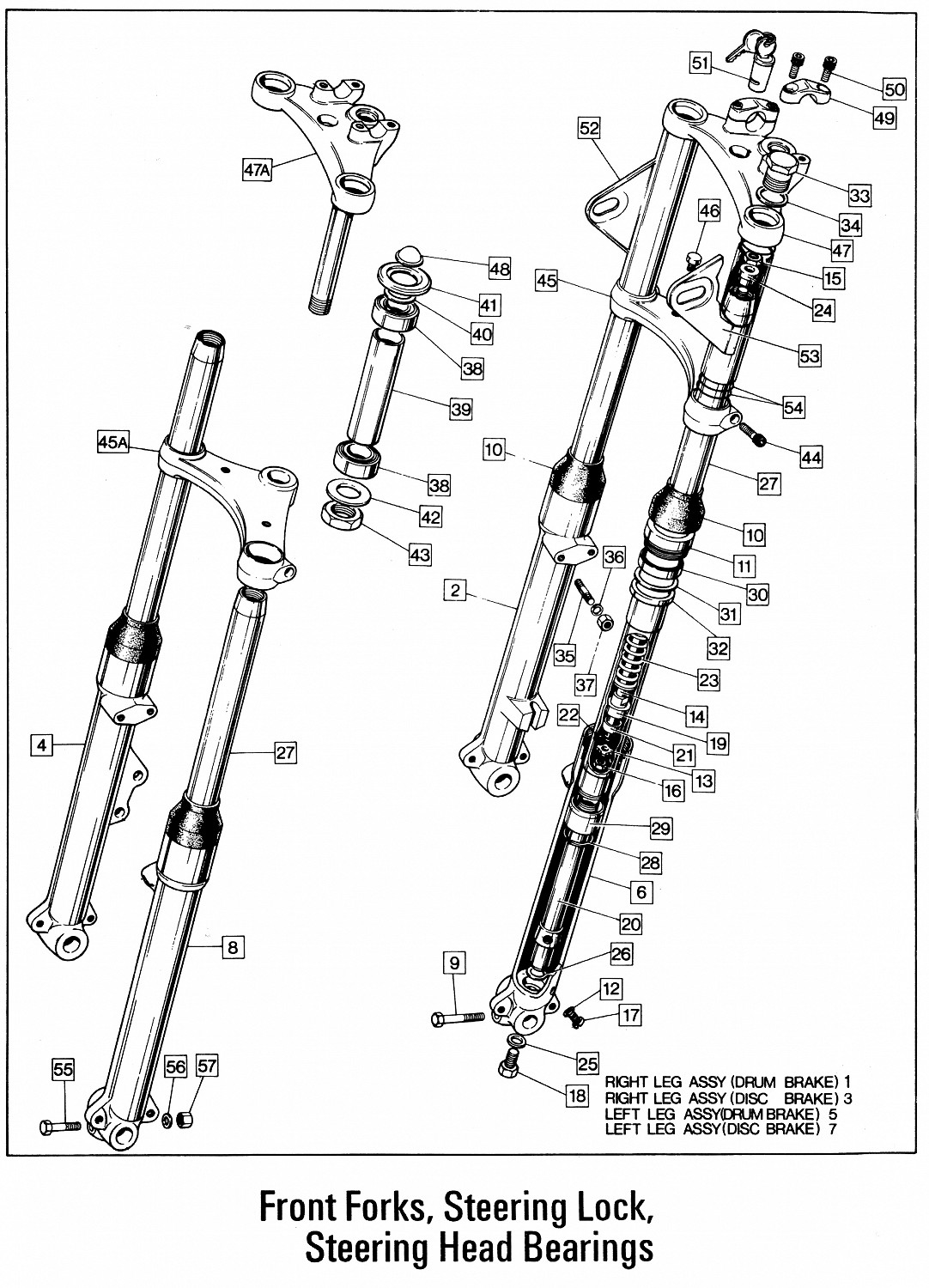robs ss
VIP MEMBER
- Joined
- Aug 16, 2016
- Messages
- 4,247
...and what was their deliberate intent - and did they achieve it?When you steepen the rake (that’s the headstock angle) you bring in the fork angle as well, and you therefore close the gap between the imaginary point on the floor taking through the headstock to the imaginary line on the floor taken vertically through the wheel spindle ie you reduce the trail.
But when you change the angle of the forks, via offset yokes, you leave the imaginary headstock point where it is, and move the wheel spindle line backwards, thereby increasing the gap ie increasing the trail.
So even though what you are doing looks almost the same, it’s having the opposite effect.
And it’s creating a different rake / trail relationship that would otherwise be possible.
So, when Norton extended the rake AND offset the yoke, WTF were they doing… and why?
Some believe that the offset yokes were a botch, a cheap way of the factory overcoming rake issues etc.
I believe the opposite, I tend to think that the seemingly contradictory combination of the extended rake and offset yoke was a deliberate move, undertaken with deliberate effects in mind, by people who knew what they were doing.

